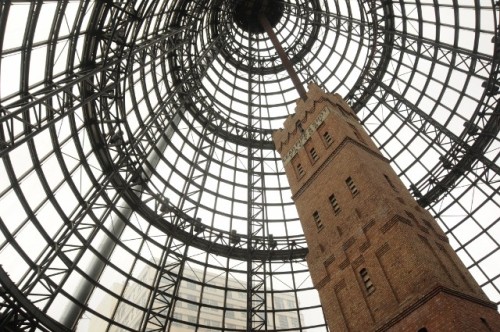I had not originally planned on going to Milford Sound (which is really a fiord). But all along the way everyone told me I could not come to the South Island and not go there. Just the drive there made it worth it (five hours each way). So I got up early in the morning (before dawn) and headed for this place that seemed to be at the end of the world.
As the landscape began to reveal itself I found myself in classically bucolic farmland.
And then the raw beauty of the snow-covered mountains that surround what they call Fiordland.
The lush vegetation still adding a twist.
And then, as I climb higher, the vegetation disappears, and it’s just snow, sky, and rock.
Eventually I encounter this tunnel. It was an odd tunnel, very dark and rough-hewn, and of course very narrow. All around me it was was a bowl of rock and snow, and the road going right into the icy rock.
And then just minutes downhill from the other side, it’s green and lush again.
And before too long I am at sea level, Milford Sound.
Which is not a sound at all but a fiord that has been carved out by glaciers thousands of years ago.
Which has left a landscape of sheer granite walls of rock that can go from snow-covered alpine heights right down to the sea. Melting snow and runoff from rains produces numerous waterfalls down the sides of the mountainsides.
There were dolphins swimming in the water by the boat, and seals on the rocks.
Somehow, starting from lichens and moss, whole forests find a footing on the sides of steep rocks.
It was a great boat trip from the innermost part of the “sound” out to the Tasman Sea and back. But now I have to head back to Queenstown in the fading light.
Meanwhile, the next morning, back in Queenstown I have to decide.
Am I really going to jump off a perfectly good bridge into thin air?
Damn right!

































































































































